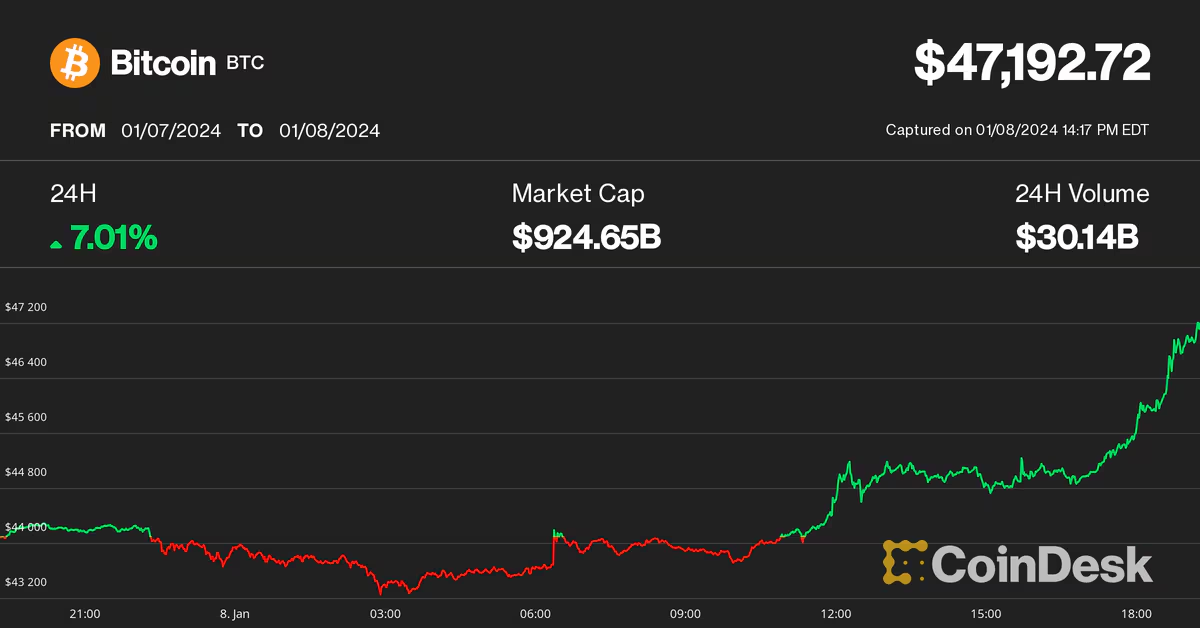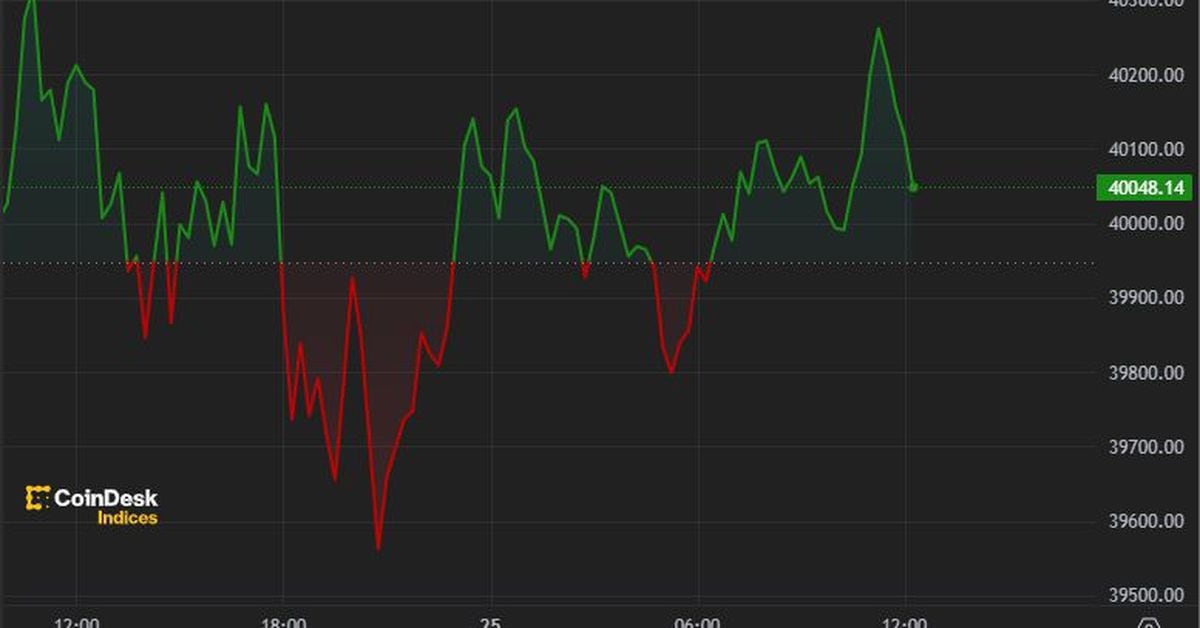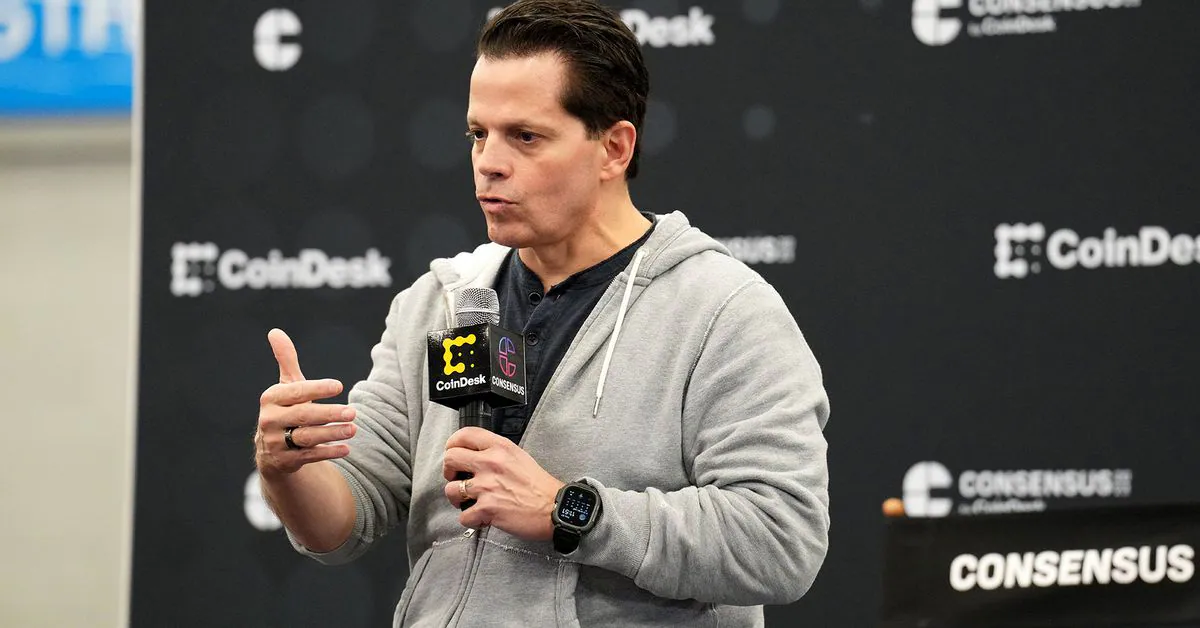Decentralization of Mining Pools: Braidpool Shakes Things Up
Braidpool A Proposal for a Fully Decentralized Mining Pool, Eliminating Centralized Actors from Any Role in the PoolIntroducing Braidpool Another player in the quest for decentralized mining.
Yesterday, the Human Rights Foundation announced a wave of new grants for a diverse range of projects. Among them, Braidpool caught my attention with its unique approach to decentralizing mining pools. Let’s dive into this exciting project and explore its potential impact on the mining ecosystem.
The Dominance of Ocean and the Need for Decentralization
In recent weeks, much of the discussion in the blockchain community has revolved around Ocean and its controversial decision to filter certain transaction types they consider spam. While this topic has monopolized the conversation, the crucial issue of decentralizing the mining ecosystem has taken a back seat.
This is where Braidpool comes in. Unlike Ocean, which aims to decentralize only certain aspects of its operations, Braidpool is a fully decentralized mining pool protocol. Every aspect of the pool is designed to be decentralized, offering a fresh perspective on how mining pools can function.
The Three Pillars of Mining Pools
Traditionally, mining pools serve three main purposes: constructing block templates, distributing the work among miners, and handling payouts. Braidpool takes a distributed approach to all three.
- Is the Witness Data Discount Fair?
- Debunking Bitcoin Myths: Separating Fact from Fiction 💣💰🧐
- Open Source Justice: Revolutionizing Dispute Resolution with Bitcoin and Protocols
-
Block Template Construction: In Braidpool, every individual miner runs their own full node and constructs their own block templates. This ensures that no centralized entity controls this critical aspect of the mining process.
-
Work Distribution: Braidpool introduces a unique tracking mechanism called “weak blocks.” These weak blocks are essentially valid Bitcoin blocks that don’t meet the main network’s difficulty requirement but meet a lower difficulty target set within the Braidpool. By using weak blocks, miners can keep track of who has contributed how much work to the group effort of finding a block.
-
Non-Custodial Rewards: Braidpool approaches the distribution of mining rewards in a non-custodial way. Instead of integrating with a Lightning hub like Ocean, they employ a multisig threshold-based model using FROST multisig, an m-of-n Schnorr scheme. Miners send the coinbase reward to a FROST address that requires a 2/3rds signing majority. After finding a block, miners pre-sign a transaction that pays out individual miners for their contributions.
Bootstrapping Challenges and Innovative Solutions
One of the primary challenges Braidpool faces is bootstrapping—establishing a sizable portion of the network to mitigate volatility in luck and block finding. Unlike Ocean, Braidpool lacks a “Braidpool company” to subsidize this initial period.
To address this, Braidpool aims to shift the risk of mining onto financial market makers. The design allows the option to assign a mining reward output to any address, enabling the creation of futures, options, and other financial contracts related to mining. These instruments provide miners with a way to mitigate the variance risk associated with bootstrapping a new pool.
A Viable Alternative to Ocean’s Approach
Without a doubt, Ocean has made significant contributions to the mining ecosystem, attempting to counteract centralization pressures. However, their growth seems to have plateaued, limiting their potential impact.
Braidpool, on the other hand, offers an alternative path to address these challenges without facing the contentious decisions that have seemingly hindered Ocean’s progress. With Braidpool’s fully decentralized approach and innovative solutions for bootstrapping, it has the potential to reshape the mining landscape.
Future Outlook: Paving the Way for True Decentralization
Braidpool’s success depends on garnering substantial participation within the mining community. As an open-source project, it can fine-tune and optimize the user experience throughout its development, ensuring seamless onboarding for miners.
With its strong focus on decentralization and its innovative solutions, Braidpool is poised to make significant strides in achieving true decentralization within the mining ecosystem. Keep a close eye on this protocol, as it has the potential to shape the future of mining pools.
Q&A – Addressing Additional Topics
Q: How does Braidpool compare to other decentralized mining pool protocols?
A: Braidpool distinguishes itself by fully decentralizing every aspect of the mining process, including block template construction, work distribution, and rewards. This sets it apart from other partially decentralized protocols that focus on specific components.
Q: Can Braidpool handle large-scale mining operations?
A: Yes, Braidpool’s design allows for scalability without compromising decentralization. Each miner runs their own full node, ensuring that the mining pool can handle increased participation while maintaining the integrity of the protocol.
Q: Are there any risks associated with Braidpool’s decentralized approach?
A: While Braidpool’s decentralization presents numerous benefits, it also places additional responsibility on individual miners to run their own nodes. This requirement emphasizes the need for a user-friendly experience to prevent miners from being overwhelmed or discouraged.
References
Now that you have a deeper understanding of Braidpool and its potential impact, share your thoughts on social media and join the conversation! 👇😄
We will continue to update Blocking; if you have any questions or suggestions, please contact us!
Was this article helpful?
93 out of 132 found this helpful
Related articles
- Is Now the Best Time to Buy Bitcoin? Analyzing Price Trends and the Future of the Crypto Market
- Embracing the Blockchain Revolution: A Look at the Potential and Challenges
- 🚀 The Crypto Revolution: A 2024 Outlook for Advisors 📈
- Navigating the Complex Regulatory Terrain: A Rollercoaster Year for the Stablecoin Market 👩💼🎢
- Solana (SOL): From Hype to Hotness – A Rollercoaster Ride for Crypto Fans 🎢💰
- Bitcoin’s Future in 2024 What’s in Store for the Cryptocurrency?
- Crypto in 2024: Building Trust and Embracing Growth






